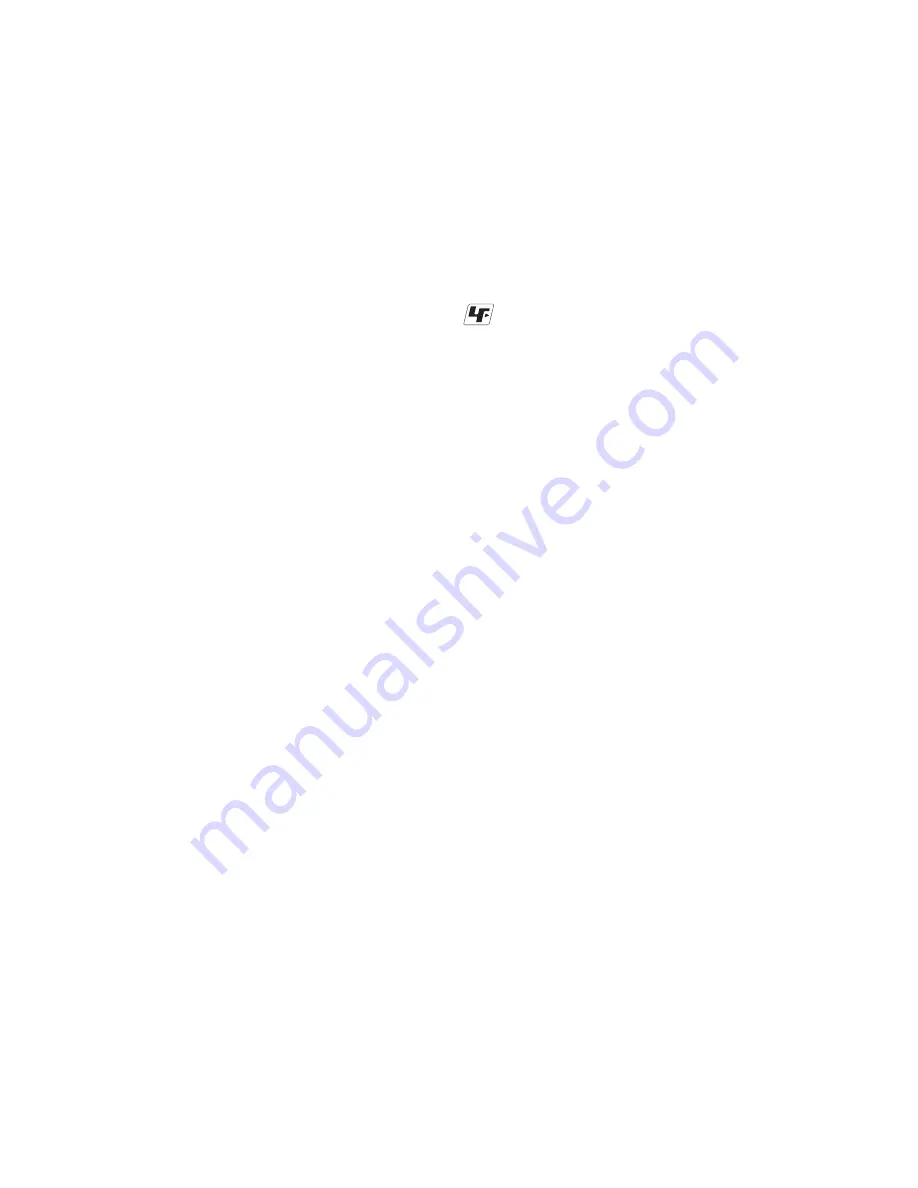
2
NW-E50/E70
TABLE OF CONTENTS
Flexible Circuit Board Repairing
• Keep the temperature of the soldering iron around 270°C during
repairing.
• Do not touch the soldering iron on the same conductor of the
circuit board (within 3 times).
• Be careful not to apply force on the conductor when soldering or
unsoldering.
Notes on chip component replacement
• Never reuse a disconnected chip component.
• Notice that the minus side of a tantalum capacitor may be dam-
aged by heat.
z
UNLEADED SOLDER
Boards requiring use of unleaded solder are printed with the lead-
free mark (LF) indicating the solder contains no lead.
(Caution: Some printed circuit boards may not come printed with
the lead free mark due to their particular size.)
: LEAD FREE MARK
Unleaded solder has the following characteristics.
• Unleaded solder melts at a temperature about 40°C higher than
ordinary solder.
Ordinary soldering irons can be used but the iron tip has to be
applied to the solder joint for a slightly longer time.
Soldering irons using a temperature regulator should be set to
about 350°C.
Caution: The printed pattern (copper foil) may peel away if
the heated tip is applied for too long, so be careful!
• Strong viscosity
Unleaded solder is more viscous (sticky, less prone to flow)
than ordinary solder so use caution not to let solder bridges
occur such as on IC pins, etc.
• Usable with ordinary solder
It is best to use only unleaded solder but unleaded solder may
also be added to ordinary solder.
• IC400 (microcomputer) and IC450 (nor flash sram) on MAIN
board cannot be replaced individually.
Replace it with MAIN board assembly for service.
Microsoft, Windows and Windows Media are trademarks or
registered trademarks of Microsoft Corporation in the United States
and/or other countries.
US and foreign patents licensed from Dolby Laboratories.
All other trademarks and registered trademarks are trademarks or
registered trademarks of their respective holders.
1. GENERAL
·········································································· 3
2. TEST MODE
······································································ 5
3. DISASSEMBLY
3-1. Case, Chassis (Front) Assy ··········································· 6
3-2. DISPLAY Board Assy ·················································· 7
3-3. MAIN Board Assy ························································ 7
4. DIAGRAMS
4-1. Block Diagram ······························································ 9
4-2. Printed Wiring Board
– DISPLAY Board (Side A) – ····································· 10
4-3. Printed Wiring Board
– DISPLAY Board (Side B) – ····································· 11
4-4. Schematic Diagram – DISPLAY Board – ·················· 12
4-5. Printed Wiring Board – MAIN Board (Side A) – ······· 13
4-6. Printed Wiring Board – MAIN Board (Side B) – ······· 14
4-7. Schematic Diagram – MAIN Board (1/2) – ··············· 15
4-8. Schematic Diagram – MAIN Board (2/2) – ··············· 16
5. EXPLODED VIEWS
5-1. Overall Assy Section ··················································· 18
5-2. MAIN Board Section ·················································· 19
6. ELECTRICAL PARTS LIST
······································· 20



































